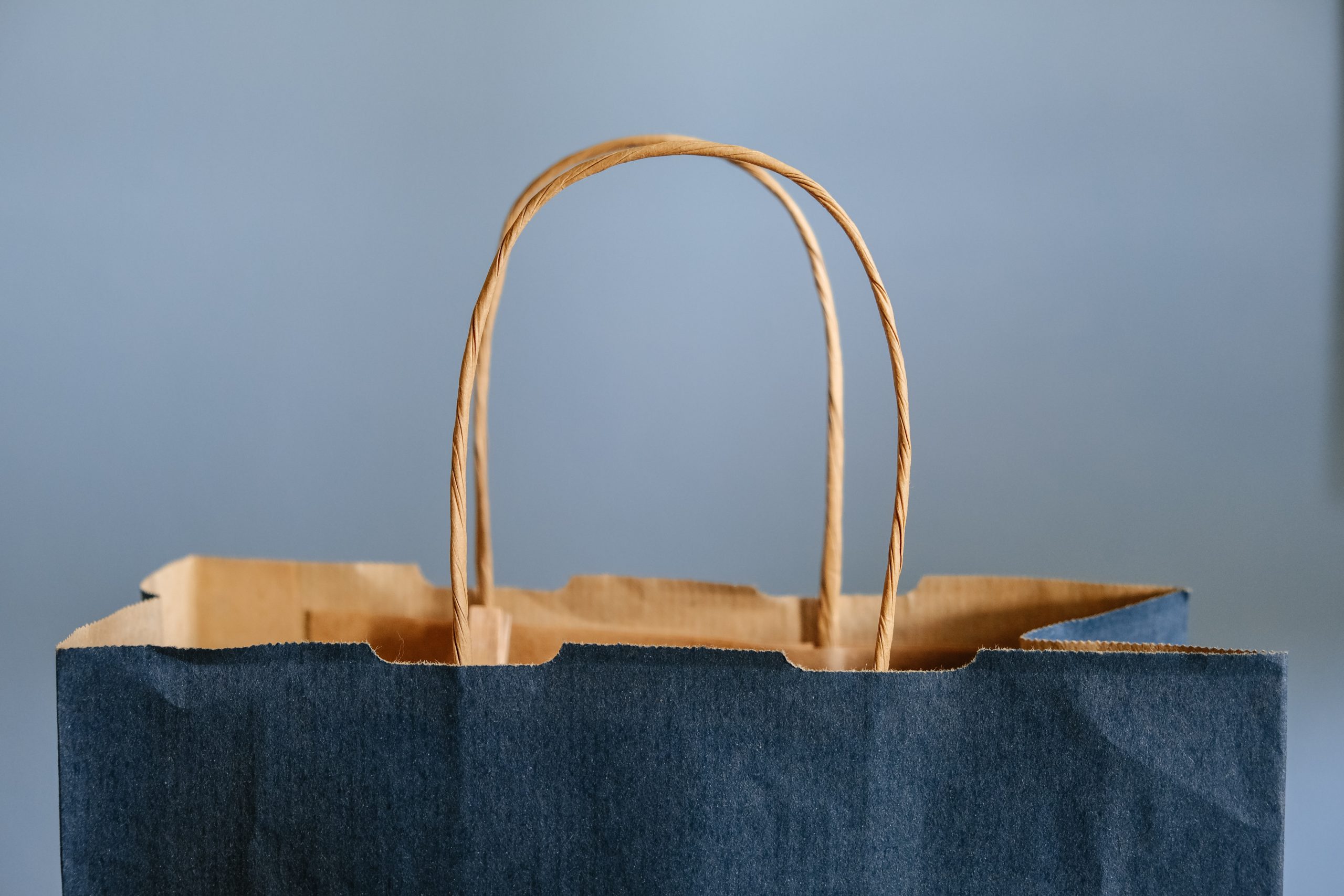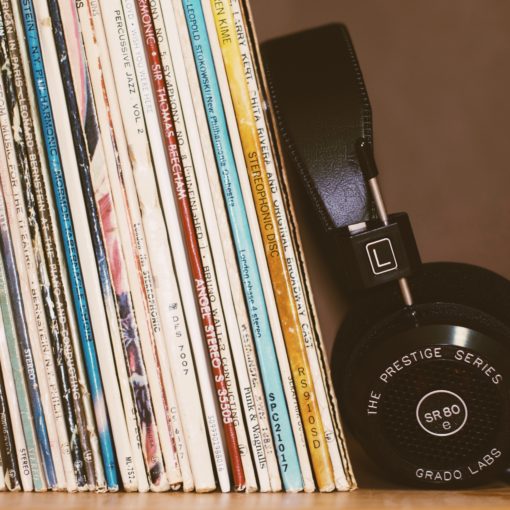Recently, a lot of businesses and organizations have received backlash for not being ethically conscious with their products. Issues within clothing companies especially are being brought to consumers’ attention, since clothing stores so often manufacture unethically sourced products. This impacts the people who are making those products, the environment, and our wallets through fast fashion. People are left feeling as though there is no right answer, since sustainable brands are often extremely expensive, whereas shopping second-hand sometimes feels greedy since items in those stores are all that some people can afford.
With quarantine came people spending a lot more time at home, which led to higher levels of online shopping. The environmental impacts of online shopping are higher than in-person, due to the carbon dioxide emissions caused by flying the products, the large amount of packaging that shipping products requires, and the fact that more online purchases means more first-time consumption, rather than reusing old products or clothing. Other times when online shopping is at its peak are Black Friday and the Christmas season. It’s important to be aware not only of the environmental impacts of your shopping habits, but also where those products are coming from. Fast fashion – clothing that is made cheaply and for short-term use – is often produced by underpaid workers in poor working conditions. This allows the clothing to be cheaper for us to purchase, making it difficult to boycott, especially if we are left unaware of its source.
If the facts that consumption culture is bad for the environment and so often produced unethically weren’t enough to convince you that there is an issue within the fashion industry, fast fashion is also bad for the wallet. We’re constantly seeing messages saying “Buy me!”, making us think that we need the newest iPhone, winter coat, or beauty product. This culture of being perceived as outdated when your possessions are outdated is difficult to reject, but incredibly wasteful and costly.
So, what is the right answer?
One solution that’s been suggested to help ourselves and our world – since both the planet and our bank accounts take a hit when we overspend – is buying clothes or products second-hand. This also has an enormous impact on unethically sourced products, since less demand means less workers producing them in poor conditions. Buying second-hand might look different for everyone, but some examples include thrift shopping, trading with friends, or purchasing from any kind of second-hand store. These options give you a variety of things to buy at a discounted price – clothes, shoes, jewelry, furniture, home décor, books, knick-knacks and toys, and pretty much anything else you can think of to trade.
Some experts have suggested that a possible answer to these issues is having government mandated regulations about the sourcing of clothes and other products. Similar to the food industry, businesses would have to explicitly state where and how their products were made. If it’s within your budget, buying clothes or products from brands that you appreciate as sustainable companies is also a great idea. It’s important to do your own research, but there are many ethical brands out there. Some popular choices include Patagonia, Levi’s, TenTree, and many others.
In all honesty, I’m not sure if there is one right answer. I do think, though, that every little difference counts. So, whether you occasionally shop at your local thrift store for new sweaters trade books with your neighbour, or make an Instagram account to sell old clothes, find a way to help stop consumption culture and fast fashion. You might just find you like the products better, and that you and your bank account are happier, too!





